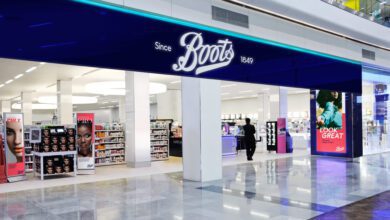Capitalising on click and collect

Many consumers are turning to click and collect for their online purchases rather than opting for home delivery. In fact, this is a growing market as shoppers recognise the convenience of picking up their goods when it suits them.






